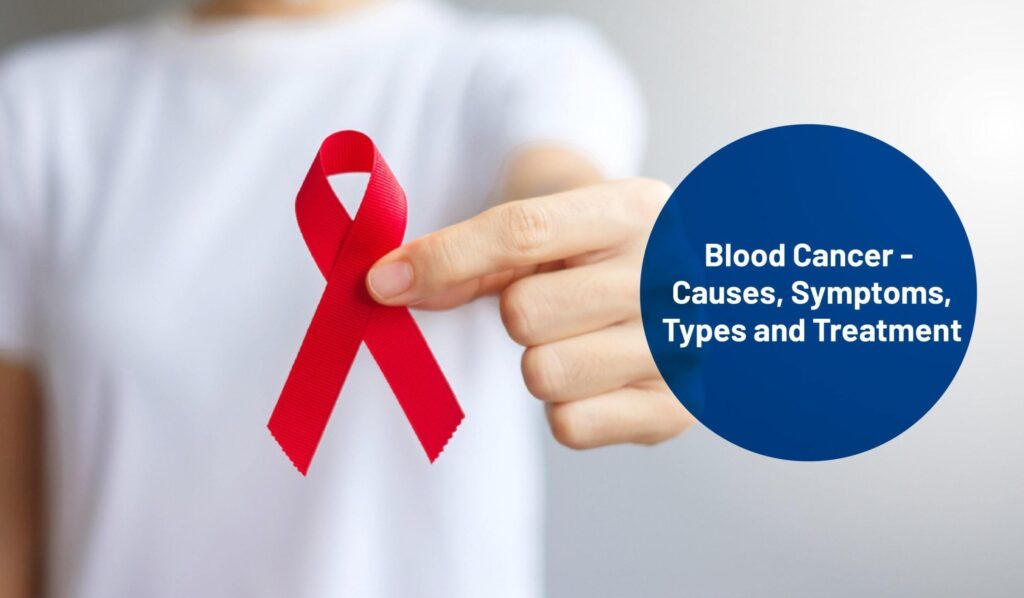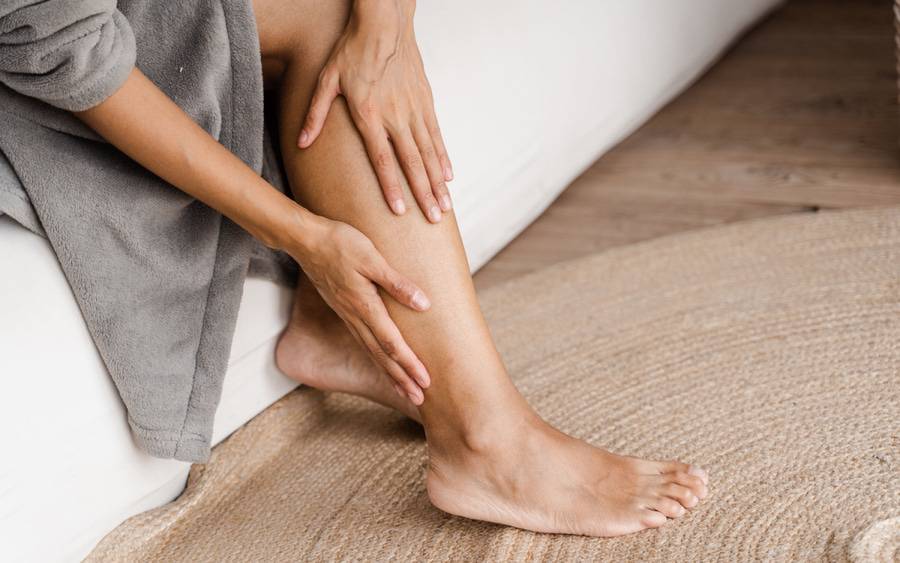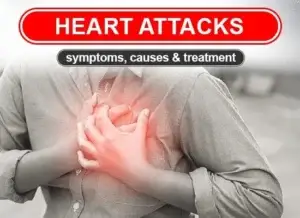
HIV/AIDS: Causes, Symptoms and Treatments
AIDS (Acquired Immunodeficiency Syndrome) is a life-threatening condition caused by the human immunodeficiency virus (HIV). It weakens the immune system, making it difficult for the



AIDS (Acquired Immunodeficiency Syndrome) is a life-threatening condition caused by the human immunodeficiency virus (HIV). It weakens the immune system, making it difficult for the

Brain cancer refers to the abnormal growth of cells in the brain that can disrupt its normal function. These tumors may originate in the brain

Blood cancer, also known as hematologic cancer, affects the production and function of blood cells. It primarily begins in the bone marrow, where blood is


Cramps are sudden, involuntary muscle contractions that can affect various parts of the body, causing discomfort and pain. Understanding the causes, symptoms, and prevention methods for cramps is essential, as they can disrupt daily activities and reduce productivity. This guide provides a detailed look at why cramps happen, how to manage them effectively, and tips for prevention.

Cramps are unexpected muscle contractions that typically last from a few seconds to several minutes. They are often experienced in the legs, but they can occur in any muscle group, including the arms, abdomen, and feet.


Cramps can be uncomfortable, but with proper care, they can be managed and often prevented. Staying hydrated, eating a balanced diet, and stretching regularly are key to reducing cramps. If you experience frequent cramps, consult a healthcare provider to rule out underlying medical conditions.
By understanding cramps and their causes, you can take steps to prevent them and enjoy a more comfortable, active lifestyle.

Acne is a skin condition that occurs when your hair follicles become plugged with oil and dead skin cells. It causes whiteheads, blackheads or pimples.

Headaches are a very common condition that most people will experience many times during their lives. The main symptom of a headache is pain in

Myocardial Infarction, more commonly referred to as a heart attack, is a medical condition whereby there is sufficient perfusion to a section of the muscular

Asthama: Asthma is a chronic respiratory disease characterized by inflammation, airway constriction, and spasm of the bronchial tubes, leading to recurring episodes of wheezing, coughing,

Get good sleep: Get good sleep. Good-quality sleep makes a big difference to how we feel mentally and physically, so it’s important to get enough.

Food poisoning, a type of foodborne illness, is a sickness people get from something they ate or drank. The causes are germs or other harmful

Introduction Cramps are sudden, involuntary muscle contractions that can affect various parts of the body, causing discomfort and pain. Understanding the causes, symptoms, and prevention

Physical fitness is the ability to perform daily tasks and physical activities without becoming tired, and with the energy to enjoy extra activities. It’s a

Depression is a mental state of low mood and aversion to activity. It affects about 3.5% of the global population, or about 280 million people

Abdominal pain, also known as a stomach ache, is a symptom associated with both non-serious and serious medical issues. Since the abdomen contains most of
